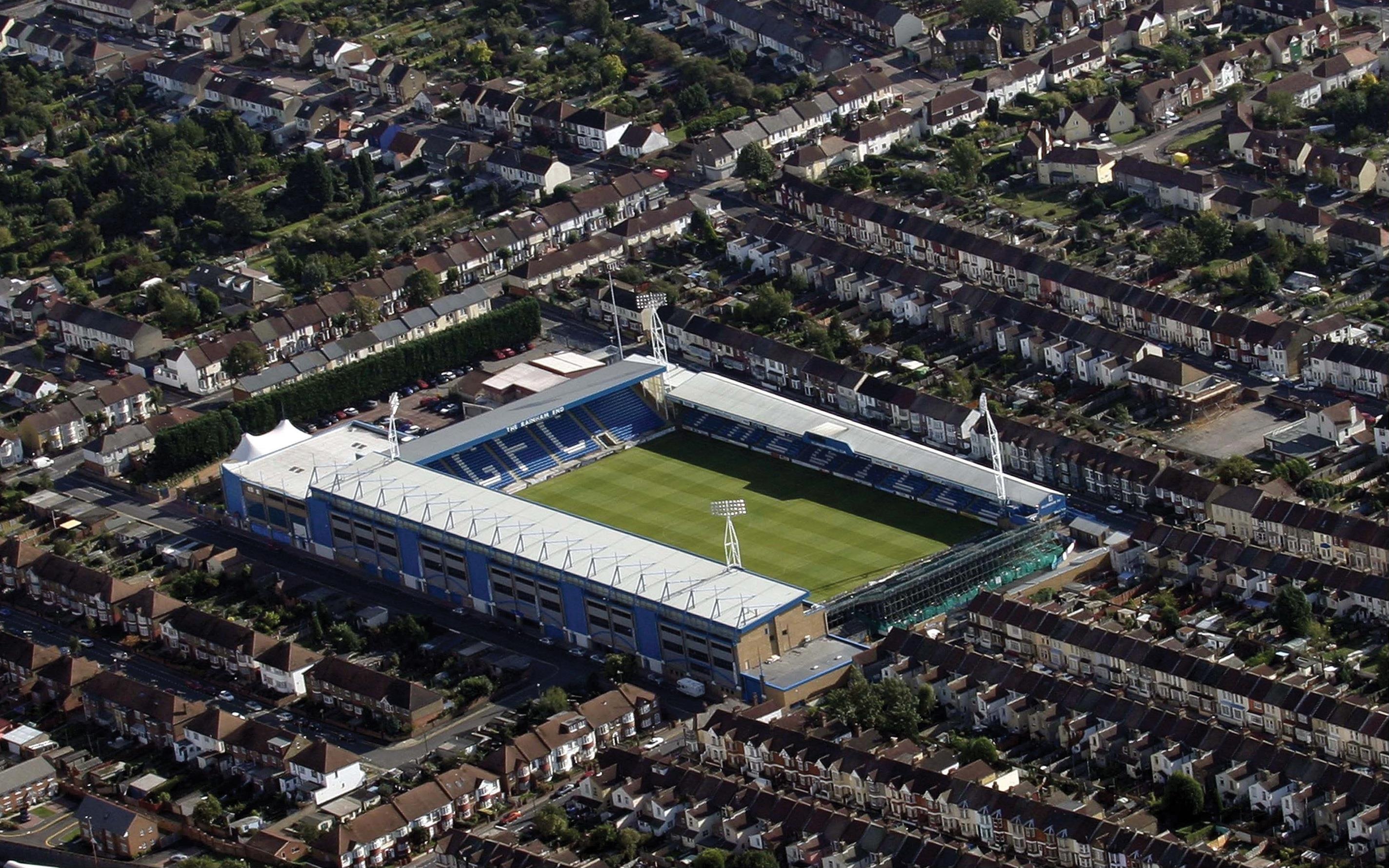The History of Priestfield
After taking control of the club in 1995, chairman Paul Scally set about redeveloping Priestfield Stadium, aiming for the required facilities and capacity to sustain the club at a higher level.
The ground is now barely recognisable from that time, boasting four new stands which have transformed the face of Kent's only League ground. It is now an all-seated arena, with a capacity of 10,500.
Until Mr Scally's arrival Priestfield Stadium hadn't really changed since early 1923 with the old main stand being the focal point of the ground. The only notable change in that time was when the Town End was extended during the 1950s and the ground remained that way until the recent development work.
Gillingham FC, then known as New Brompton, moved to the ground in 1893. Although it is unclear as to whether or not the ground was named after the road on which the land stood, Priestfield Road, or whether the road was named after the stadium, the stadium was officially named Priestfield Road until 1947
An attendance record of 19,472 was was set in 1924 when an FA Cup match against First Division leaders Cardiff City, one that was surpassed on January 10, 1948, when 23,002 fans watched the Gills take on Queens Park Rangers in the FA Cup.
Plans for the old main stand to be extended up to the Rainham End corner were among proposals to renovate the ground during the 1970s and 1980s, but the club's finances put paid to any development projects.
The first work undertaken during the recent redevelopment was the £2.2m building of the new 2,600 capacity all-seater Gordon Road Stand, an area which had been closed in part for a few seasons for safety reasons, in 1997. The height of the stand had a restriction put on it and becomes narrower the closer it gets to the Town End due to the road of the same name behind.
Following the completion of the 1998/1999 season, the Rainham End was demolished and work began on providing a new all-seater stand housing 2,400 fans with no visual restrictions and new catering and toilet facilities for home supporters.
The stand was constructed during the summer and opened at the start of the 1999/2000 campaign. The stand is constructed using a steel frame and concrete terrace planks.
Also in summer 1999, the main stand and part of the away terrace along Redfern Avenue were demolished and the site flattened to make way for the most ambitious project: the construction of our new main stand, or the Medway Stand as it was named following a poll of supporters.
The splendid two-tier main stand was opened to supporters in the closing stages of 1999/2000 with the new players' areas ready for the start of the following campaign.
The Medway Stand was designed to accommodate far more than just the matchday supporters. The end adjacent to the away section houses the club's new administrative centre, the players changing areas, physio rooms a hydrotherapy pool, sauna and steam room, media centre, press room and kitchens.
Other facilities include the players' bar, lounge and snooker room providing the best accommodation possible for the players to eat and relax in.
The stand also offers 20 hospitality boxes and each box offers 10 people the comfort of eating and drinking in their own quality environment while still enabling guests an excellent view of the game outside, allowing them to soak up the atmosphere. The ground floor area of the main stand houses the main entrance, club megastore, ticket office, business suite entrance and the Blues Rock Cafe.
Priestfield's impressive banqueting and events facilities were also built at this time: the club's Great Hall is one of Kent's most-popular entertainment venues, hosting everything from weddings, Christmas parties and boxing events.
The Town End terrace was demolished during the 2003/04 close season in readiness for the Brian Moore Stand, named after former Gillingham director and ITV football commentator. The uncovered stand, with a capacity of approx 3,400, has been in place since.
The most recent addition to the MEMS Priestfield Stadium came in February 2016, as the refurbished Blues Rock Cafe re-opened as the Factory bar and restaurant, which serves guest ales, hot food and offers a number of HD screens to show live football on.
During the COVID-19 pandemic all areas of the business were put on hold, with the events side not officially reopening until May of 2022. The Factory was refurbished further, with dedicated websites put in place for both the bar and the Great Hall.
